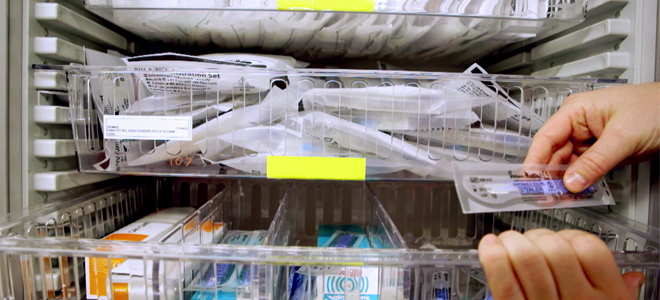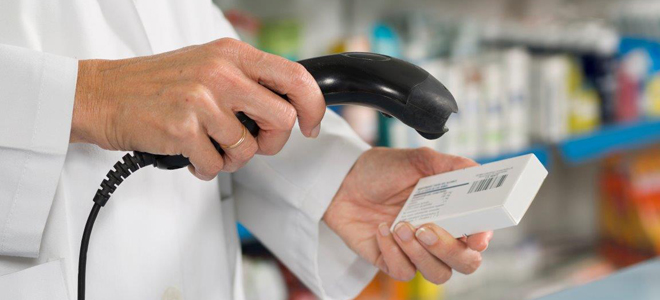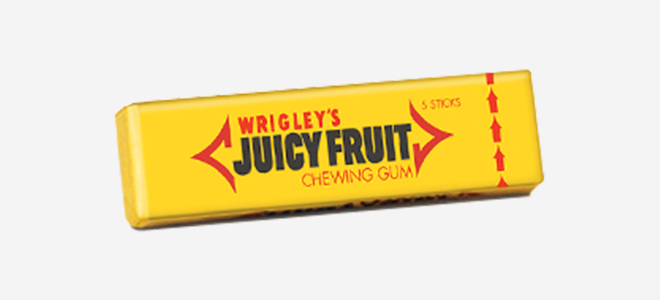September 14, 2016 Guest opinion piece
 A view from James Thirkill, Country Manager at GHX.
A view from James Thirkill, Country Manager at GHX.
The adoption of GS1 standards has revolutionised retail practice and helped drive productivity efficiencies and cost savings.
But with £30billion of savings needed in the NHS by 2021 and the demographic time bomb ticking, it’s long overdue that the NHS followed suit.
In this second of three articles, we look at how best to maintain and share accurate product data - a core element around which the Scan4Safety concept is based - helping you understand why NHS Trusts simply cannot afford NOT to implement and adopt GS1 standards.
Everything starts with accurate data and in the healthcare supply chain, you want to know that what you’re ordering is exactly what you need. You need to be sure about the size, quantity and quality of the product you’re ordering, and you want to know that you’re buying it at the right price.
There are two parts to this:
- Adopting a standardised way of naming products. For instance, to make sure that when one specific tongue depressor is ordered, the correct tongue depressor is delivered
- Making sure that this standard naming convention and correct product information is shared between suppliers and their customers
The only way to achieve getting the right product to the right place at the right price, is for suppliers to share accurate information about the products they are selling with their NHS customers. The NHS themselves then need to accurately consume this data. With the NHS requiring hundreds of thousands of individual products each year, from tens of thousands of separate suppliers, and supplier catalogues being updated every time a product is discontinued or replaced, or the specification is varied, it is a huge challenge to ensure that NHS hospitals are ordering the latest products at the correct price.

The cost of this both financially and in terms of resources can be significant. For example, if a hospital purchases supplies using incorrect or out of date product information, the resulting knock-on effects impact all players in the supply chain. The supplier receives a purchase order for a product that it no longer supplies. The supplier cannot therefore go ahead and fulfil that order, but has to either take remedial action to try and obtain an order for a non-expired item or look to ship a ‘similar’ item to the hospital.
Either of these actions result in manual intervention (the time and effort of paid employees – the largest expense for any organisation!) into what should be an automated and ‘touchless’ process. Inaccurate purchase orders (POs), result in discrepant invoices, which in turn require the intervention of people working in accounts payable to consolidate and match POs with invoices. This can result in late payments to suppliers, hidden cash flow issues for hospitals, and adds cost to a system, which, in the 21st Century, should be simple, repeatable and efficient 99% of the time.
With this in mind, it is easy to understand why the Department of Health has made catalogue management one of the three ‘core enablers’ of the NHS eProcurement Strategy and one of the first areas to benefit from the implementation of GS1 standards.
This is where technology comes in to make the impossible, possible. Through cloud-hosted databases and intelligent data routing, suppliers can share up-to-the-minute product information with their customers, constantly.
For both of these steps, adoption of GS1 standards is essential. Giving each product a unique identifier (regardless of supplier or purchaser), and opening up access to this data to anyone anywhere in the world, is key to driving efficiency into the healthcare supply chain.

The GS1 ‘key’ for identifying products is called a Global Trade Item Number (GTIN). A GTIN is a unique string of characters that will identify each specific product. They can be presented in many formats, including in human readable format, a standard 2D barcode (a set of black and white vertical lines that we would all recognise), and in the form of a 3D machine scan-able barcode. This helps the NHS to consume the data in multiple point of demand systems, underpinned by GS1 standards.
The NHS eProcurement Strategy sets about to establish a standardised technology infrastructure that can support just such an aim. It seeks to ensure that when suppliers update their product catalogues in their own systems, this new and updated product data is made available directly to the NHS customers who need it. This is why the Department of Health is mandating suppliers to the NHS to join a GS1-certified GDSN (Global Data Synchronisation Network) data pool.
The benefits of all this include a more efficient and effective healthcare service. In an era when the NHS is being asked to generate savings and do more with less, the supply chain should be an obvious focus of attention. For hospitals, the supply chain is usually the second largest area of expense (after labour/pay spend) and is an area that need not impact on patient care. Huge savings are on offer for those who are willing to dig into the detail and look to order, move and store purchased products in the most efficient way possible.

Other industries have used GS1 standards for many years, such as retail, where the first GTIN scanned in 1974 was a pack of Wrigley’s chewing gum! It is time for healthcare to catch up. Let’s start with accurate data.
To find out more information, please contact GHX at: contact@ghxeurope.com.
GHX will be at EHI Live. Find us at the Dakota Healthcare stand along with Micad and GS1 UK - register for your place.
Related
Can NHS Trust Boards afford NOT to implement and adopt GS1 standards?
GS1 standards to save Barking, Havering & Redbridge University NHS Trust over £1.4m